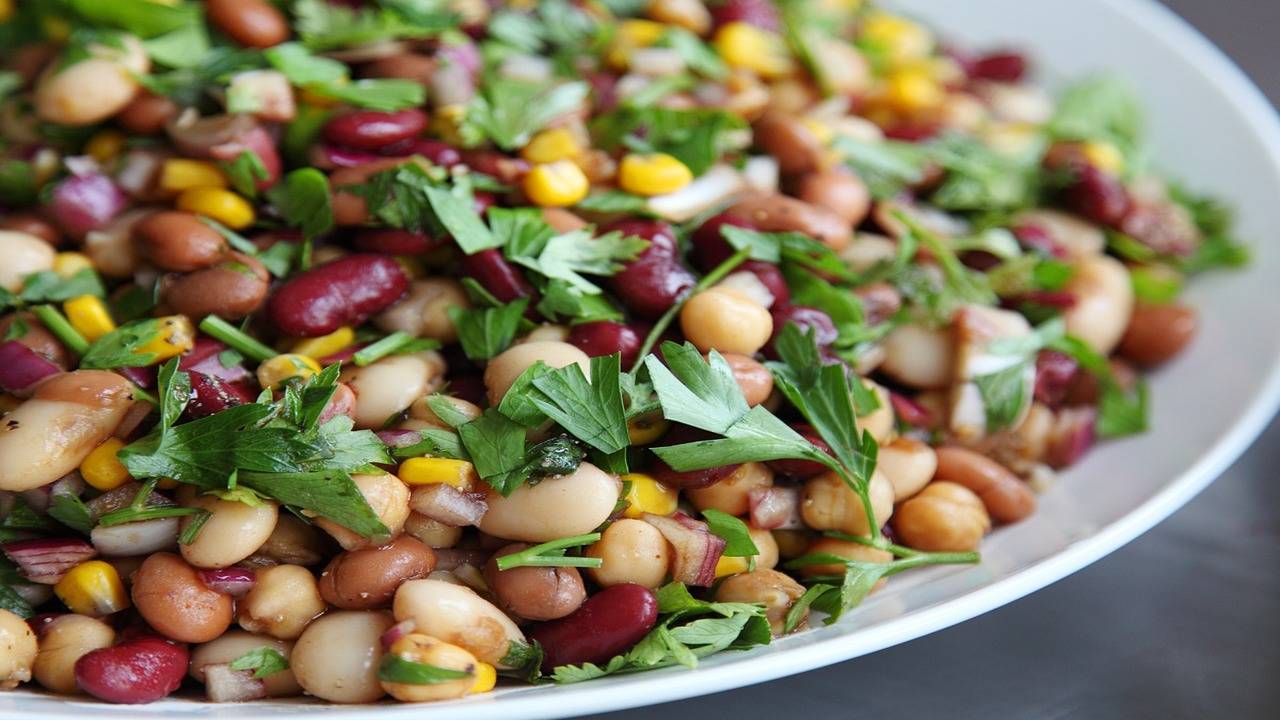Earlier this year, for many Canadians, grocery shopping shifted from a weekly routine to a gladiatorial sport. In the rush to stock up on goods at the grocery store in the early days of the pandemic, some consumers overbought or hoarded, panicked at the potential disruption in the supply chain. As sales moved online for many, the adjustments in purchasing habits in the household changed not only how we consume food, but the effects of our purchasing habits on the amount we waste.
Over the course of the last few years, food waste has been a prominent concern for the foodservice industry, as climate change and natural disasters have placed increasing strain on the world’s resources. Now, new research places some of that attention on food waste in the home, especially as the COVID-19 pandemic has changed buying and spending habits for the foreseeable future.

Vegetables and fruit are the most commonly discarded items, according to a new survey.
According to a consumer insights survey conducted by the Mustel Group for the National Zero Waste Council andLove Food Hate Waste Canada, 61 per cent of Canadians are buying more food per grocery trip than usual, and of those households, 40 per cent report buying “a fair amount” or “significantly” more. Of the food that Canadians throw away or compost yearly, 63 per cent of that could have been eaten, representing about $1,100 CAD on an annual basis, according to the report. The most commonly discarded food items are vegetables (68 per cent) andfruit (56 per cent), followed by leftovers (28 per cent), bread products (23 per cent), meat/fish (21 per cent) and dairyproducts (12 per cent)
At the recent Terroir Symposium, online this year for the first time, Sylvain Charlebois, professor and director of Dalhousie University’s Agri-Food Analytics Lab spoke about the lab’s research which surveyed Canadians across the country about household spending, COVID-19 specific habits and food waste.
This market is a significant one — the lab is expecting online food sales to triple this year as a result of the pandemic, to $7 to $8 billion CAD.
Charlebois talked about how 14 per cent of Canadians have thrown away food in pandemic times, believing that the food was contaminated with COVID-19 due to perceived risk — a specific challenge for retailers, grocery stores and companies all along the supply chain who are faced with these fears of contact and the increased packaging and safety measures needed to increase consumer trust. This shift has led to an increase in plastic packaging for food safety, says Charlebois, which has a lasting environmental impact as these non-biodegradable materials hit the landfills.
There are, however, some beneficial habits that Canadians are undertaking due to the shift in circumstances. The National Zero Waste Council/Love Food Hate Waste Canada survey suggests that Canadians are putting food-saving strategies to work at home, and only 14 per cent of respondents said they are throwing away more food (when self-reporting virtuous behavior, however, there are sometimes issues with accuracy in perception).
Those following food trends, or who have attempted to buy yeast anytime in the last six months, would be aware of the rise in popularity of baking. In fact, Charlebois says bread prices at retail have dropped more than five percent due to differences in demand.
“It is empowering consumers to take control of their own supply chain,” he says.






